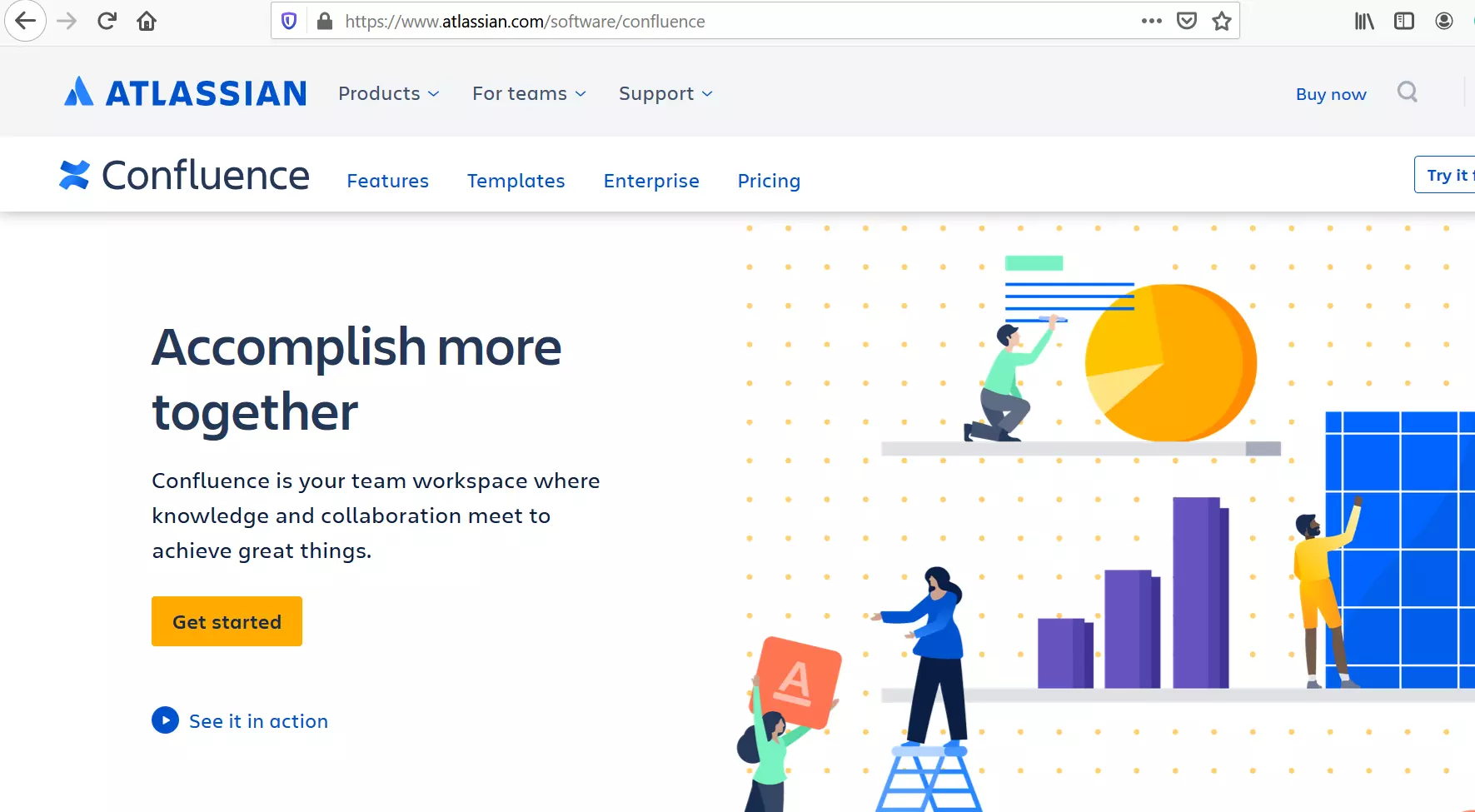
#6 Document releases and share release notesĭocumenting your software releases is an integral part of a dev team’s job to increase visibility and boost communication both inside your team and across the wider business.Ĭonfluence streamlines this process and comes with a range of options. There’s more information on how to do this here. Plus, as they’re recorded, you can review your decisions to learn from what went well – preventing you from repeating the same mistakes in the future. Confluence comes with a Decision blueprint to help your dev teams use the same repeatable process to make decisions across your team.


Your development teams have to make tough decisions every day.

What’s more, using its page templates, you can standardize your demo pages for your Sprint demos. #4 Create sprint retrospective and demo pagesĬonfluence also comes with a Retrospective blueprint for your development teams. You just need to set up a page template for your interviews, which is much simpler than putting your customer interview data in a static document. You can use Confluence to document and share customer interviews, helping you gather feedback in a standardized and streamlined manner. This helps you identify your business objectives, stakeholders and roadmap collect all the relevant information and background work and direct your colleagues to additional info in Jira or other tools. Using Confluence, you can collect and organize all of your work and information for each release and communicate it to the rest of the business by building a release planning page. You can find out more about setting this up here. Then, you can drill down and create your user stories, and drag-and-drop your UX and design files. To set this up, just start with the Product requirements blueprint add your key details and outline your goals, business objectives and strategic fit. As a result, you can iterate quickly and start the required work right away. When your requirement document is created and its details are all in one place, your development and design teams now have one source of knowledge where they can provide immediate feedback and their input into your product. To achieve this, Atlassian recommends creating a collaborative product requirement to hash out the details for your large and complex epics. Writing requirements in an agile environment can be difficult – but it’s an important undertaking to ensure everyone is on the same page across your different teams. In this post, we will highlight some of the top uses of Confluence.

The choice Confluence provides is extensive and, the good news is, you don’t need to start from scratch – Confluence comes with a range of blueprints and out-of-the-box solutions to help you seamlessly get started. Confluence is a highly flexible tool, which can streamline a vast range of your organizational processes across both your software teams and your wider business departments.


 0 kommentar(er)
0 kommentar(er)
